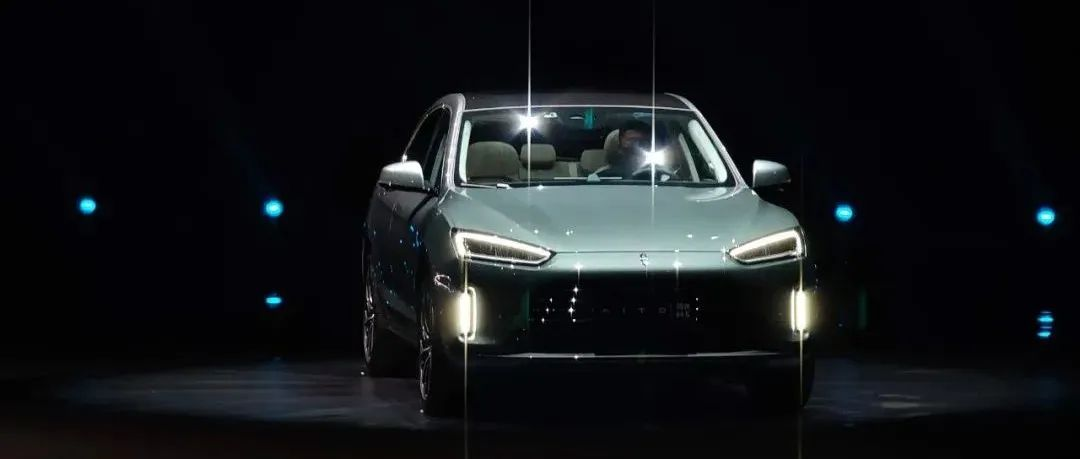Author: Xu Jinkai
“I’m so fed up with him, he seems to have no common sense and only knows how to talk big all day long.”
“He wants to defeat Wei Xiaoli, catch up with Tesla, and constantly make a fool of himself. If it weren’t for the chip shortage in the industry last year, which gave him a chance to save face, his goal of selling 300,000 cars a year would have become a joke in the industry, reminding everyone not to brag recklessly.”
Yes, we’re talking about Yu Chengdong, a man who often stands in the spotlight and criticizes the traditional automotive industry.
He also has a loud nickname, “Yu Big Mouth”. While it praises his frankness, it also implies some mockery of his tendency to talk big. However, he himself says he doesn’t care if people call him Yu Big Mouth…
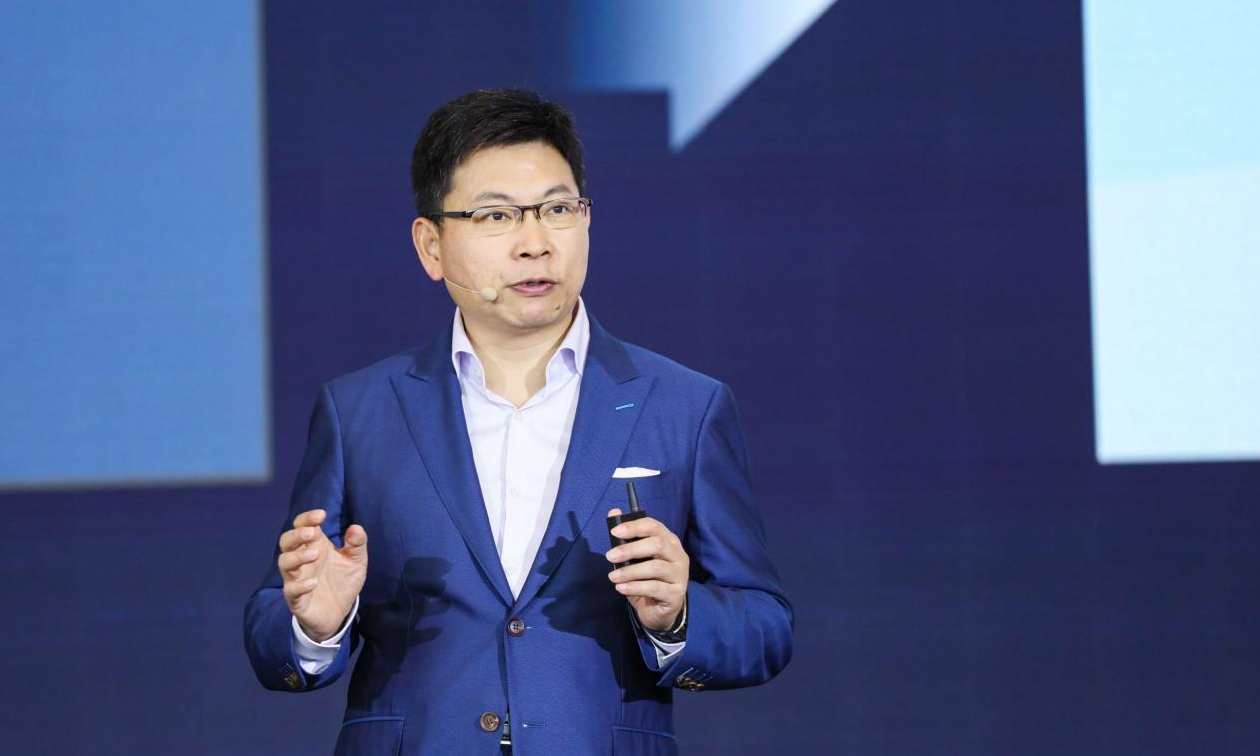
No one would have thought that a high school champion and Tsinghua University elite would have such a reputation when leading a team into the new battlefield of the automotive industry.
The industry’s evaluation of him personally cannot stop many car companies from admiring Huawei, such as Ceres, Jixue, Avita, GAC, and Chery… The list goes on.
Huawei, which does not make cars, but helps companies make good cars, is gradually achieving its goals.
Huawei is shining in the automotive industry, and two people are particularly key to its success: Yu Chengdong and Huawei Vice Chairman and Acting Chairman Xu Zhijun.
The two joined Huawei in 1993 and have worked together for nearly 30 years. However, they have serious differences when it comes to making cars. Yu Chengdong is a staunch advocate of making cars, while Xu Zhijun is a “conservative” who advocates approaching the industry from the supplier’s perspective.
This mutually exclusive attitude forced Ren Zhengfei to make a decision and sign a commitment agreement on October 26, 2020, stating that “Huawei will never make whole cars,” focusing on ICT technology and helping car companies make good cars, with a commitment period of “three years.”
The story is eerily similar. As early as 1997, Ren Zhengfei roared at a meeting, “Huawei will never make phones again. Whoever suggests making phones will be laid off!”
Although Ren Zhengfei eventually chose to bet on the mobile phone business after careful consideration, Huawei’s development in the mobile phone business was not smooth. It was Yu Chengdong who truly revived Huawei’s phones and put them at the top of the world.
Yu Chengdong is talented but too crazy
“The key is that Lao Yu can fight and bear, and can move from one victory to another. His career is about constantly overcoming difficulties to achieve victories.”
Although Lao Yu talks a little too big sometimes, he has enough credentials to brag about.
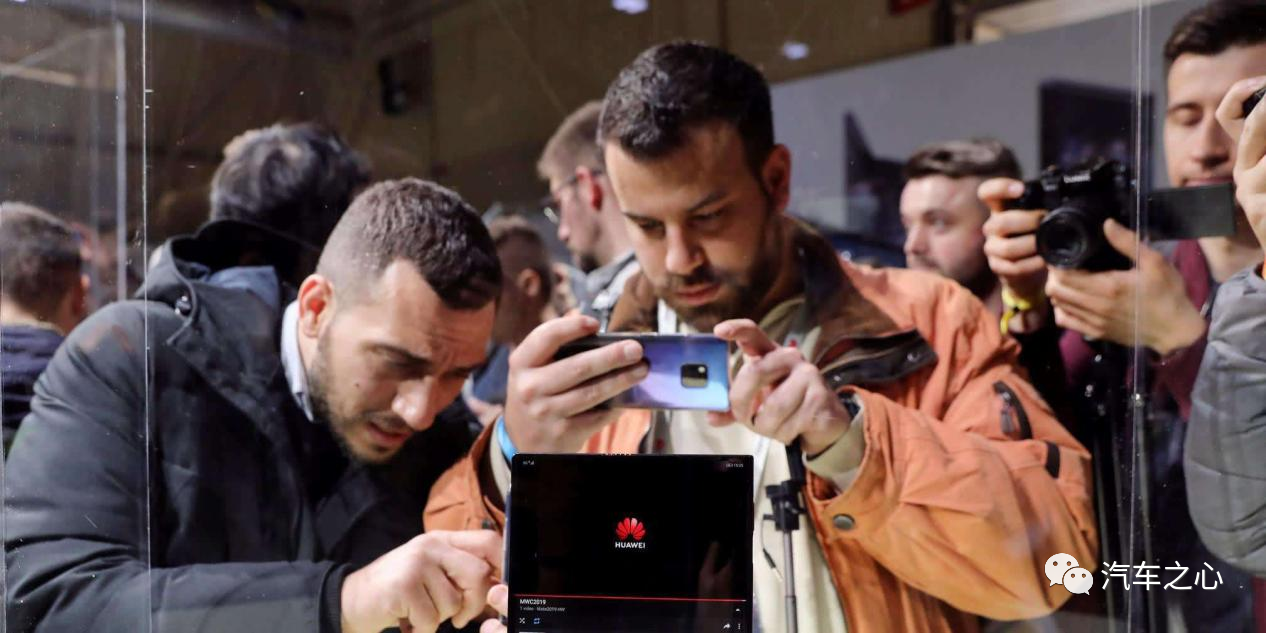 In 1993, Yu Chengdong, a graduate student from Tsinghua University, joined Huawei, which had only over 200 employees at the time. Huawei was working on a digital telephone exchange, and Yu, who had the professional expertise, quickly became a core member of the project team. Together, they developed Huawei’s first-generation C&C08 digital telephone switch, which became the company’s first star product.
In 1993, Yu Chengdong, a graduate student from Tsinghua University, joined Huawei, which had only over 200 employees at the time. Huawei was working on a digital telephone exchange, and Yu, who had the professional expertise, quickly became a core member of the project team. Together, they developed Huawei’s first-generation C&C08 digital telephone switch, which became the company’s first star product.
With the success of the digital telephone exchange, Yu could have sat back in his original department and waited for promotion. However, he directly approached Ren Zhengfei and expressed his interest in developing 3G services, which Ren agreed to.
Soon after, Yu set up the wireless communication department.
In 1997, Yu’s team developed Huawei’s first wireless communication equipment. In 1998, with Yu’s drive, Huawei participated in the development of 3G standards, but since mainland China had not yet issued 3G licenses, it set its sights on the European market.
Entering Europe meant that Huawei had to compete with international giants such as Ericsson and Nokia. Yu led Huawei in developing the fourth-generation distributed base station, which was smaller, more integrated, and cost less than market alternatives, breaking the monopoly that international giants had held and laying the foundation for Huawei to dominate the communication business.
While Yu led the communications business to overcome difficulties, Huawei’s mobile phone business aimed at the consumer market began.
In 1997, Huawei’s telephone business unit developed China’s earliest digital telephone, but due to outsourcing, the product’s quality was difficult to control, leading to frequent problems, complaints, and repairs.
Customers even ridiculed Huawei, asking, “How can you make a base station when you cannot get cordless telephones right?” Ren Zhengfei angrily declared, “Whoever does mobile phones will be laid off.”
Although Huawei excelled in the communication business, it performed poorly in the phone market. At the time, Huawei only made OEM phones for carriers, earning only 30 RMB per phone, and Huawei’s phone market share did not even rank in the top ten.
Ren Zhengfei once scolded the head of the phone department, “Can you call this a high-tech company when you only make 30 RMB per phone?” He even considered selling the phone business.
In 2011, Yu Chengdong, who was in Europe, volunteered to join the phone business. Upon taking office, he cut 70% of the OEM business and turned to high-end brands.
However, the Huawei P1 led by Yu failed, and cutting the OEM business quickly caused the phone department’s performance to decline. The “Down with Yu” movement began.
Everyone knows the rest of the story. Huawei’s Mate7, released by Yu Chengdong in Berlin, became an instant hit. Subsequently, the P-Series and Mate-Series ran in parallel, and HiSilicon and Kirin chips achieved a leap from nothing to excellence.
If not for the chip restrictions imposed by the beautiful country, Huawei’s mobile phone led by Yu Chengdong would have surely reached greater heights.With the rise of mobile phone business, Huawei’s consumer business has rapidly expanded. At the same time, various electronic products have been launched, and offline sales channels have expanded rapidly. This also laid the groundwork for Huawei’s entry into the automobile market and the launch of the Huawei Intelligent Selection Car mode after the pressure on the mobile phone business.
Repeated breakthroughs have gained full recognition from Ren Zhengfei for Yu Chengdong. On his 50th birthday, Yu Chengdong once publicly posted on social media: “I have a great boss, although he has a hot temper, his heart is generous.”
Ren Zhengfei also did not conceal his media remarks: “Yu Chengdong is capable but too crazy. We need some management nuance to manage him.” And now, giving a three-year tight curse to Huawei’s automotive industry seems to be Ren Zhengfei’s “management nuance”.
Xu Zhijun initiates the “Huawei Automobile”
Compared to the crazy Yu Chengdong, Xu Zhijun appeared more rational.
Within Huawei, there has always been a saying of “God terminal, Holy wireless”, which means that these two departments have good performance and high treatment, and behind this is Xu Zhijun’s outstanding contribution.
Since joining Huawei in 1993, Xu Zhijun has served as the President of the Wireless Product Line, the President of Strategy and Marketing, the President of Products and Solutions, the Director of the Product Investment Review Committee, the Rotating CEO, and the Chairman of the Strategy and Development Committee. He currently serves as Vice Chairman and Rotating Chairman of the company. Because he shares the same name as the director of Huawei’s Board of Directors and Chairman of the Scientific Advisory Committee, Xu Wenwei, he is affectionately called “Xiaoxu General”.
“This small Hunanese guy is energetic, outspoken, and has a keen business sense. ‘He is a cunning little fox with a sharp nose, always able to detect opportunities ahead of others’,” someone described Xu Zhijun in the book “Will Huawei Be The Next To Fall?”.
Xu Zhijun, who has a keen sense of smell, turned his gaze to the automobile industry very early on. However, facing this industry that he had never touched before, Xu Zhijun chose to enter from the perspective of a supplier cautiously. This led to the news that Huawei would replace Bosch and become the first smart electric vehicle supplier.
During the 2019 Shanghai Auto Show, Xu Zhijun announced in advance Huawei’s entry into the automotive industry, setting three directions for Huawei to enter the market:
First, to create the “MDC intelligent driving platform”, including the sensor ecology, smart driving application ecology, and standardization of the MDC interface;
Second, to create an “intelligent cockpit platform” based on Huawei’s Hongmeng OS and existing smart terminals;
Third, to create an “intelligent electric platform” based on MCU to form a complete vehicle control operating system.
It is not difficult to see from these development directions that these three aspects correspond to the parts supplier model and Huawei’s HI mode “prototype”, rather than the Huawei Intelligent Selection mode that Yu Chengdong now holds high.# Translation
Not only that, at the 2021 Huawei Technology Conference, Xu Zhijun explicitly stated: “We (Huawei) are determined, but he (Yu Chengdong) only has one vote. As the person in charge of consumer business, Yu Chengdong, starting from the consumer BG, wanted to build cars.”
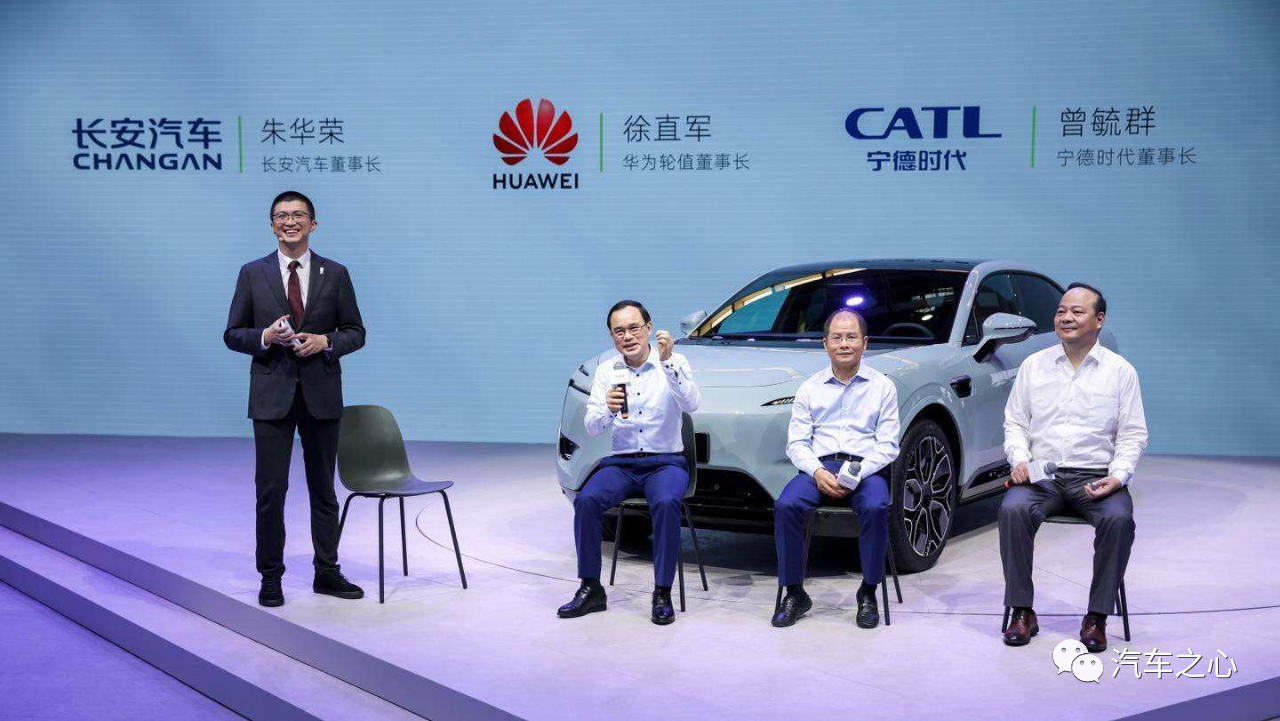
It is not difficult to see that, from the perspective of suppliers, stabilizing the B-end market is the main way for Xu Zhijun to enter the automobile industry.
In order to stabilize the consumer business, Yu Chengdong’s idea of directly entering the automobile industry was thwarted by a group of people. He then adopted the “OEM production” mode to lead the automobile business, and incorporated it into his own sales store to make up for the shortcomings of the store’s heavy pressure due to the restrictions on phones.
Trading time for space
“Our (Huawei) life-saving period is 2023 and 2024. We cannot confirm whether we can break through in these two years. Therefore, everyone should stop telling stories and start to focus on implementation, especially when making business predictions. Don’t hold any illusions and deceive the company with stories, otherwise your loss will be deducted from your food ration. First of all, we must survive, and only then we can have a future.”
Not long ago, Ren Zhengfei reiterated the importance of “survival.”
Huawei’s “HiSilicon Mode” is the main force supporting the company’s life-saving. The “Zero Assembly Strategy” and Huawei’s HI mode are the keys to whether Huawei can make a breakthrough in two years.
Huawei has three core business lines, namely operator business, enterprise business, and terminal business. Among them, the terminal business is an upgrade of the consumer business, covering consumer electronics business and new auto retail business (Huawei Select). For a long time, the consumer business had an influence that exceeded half of Huawei’s total revenue.
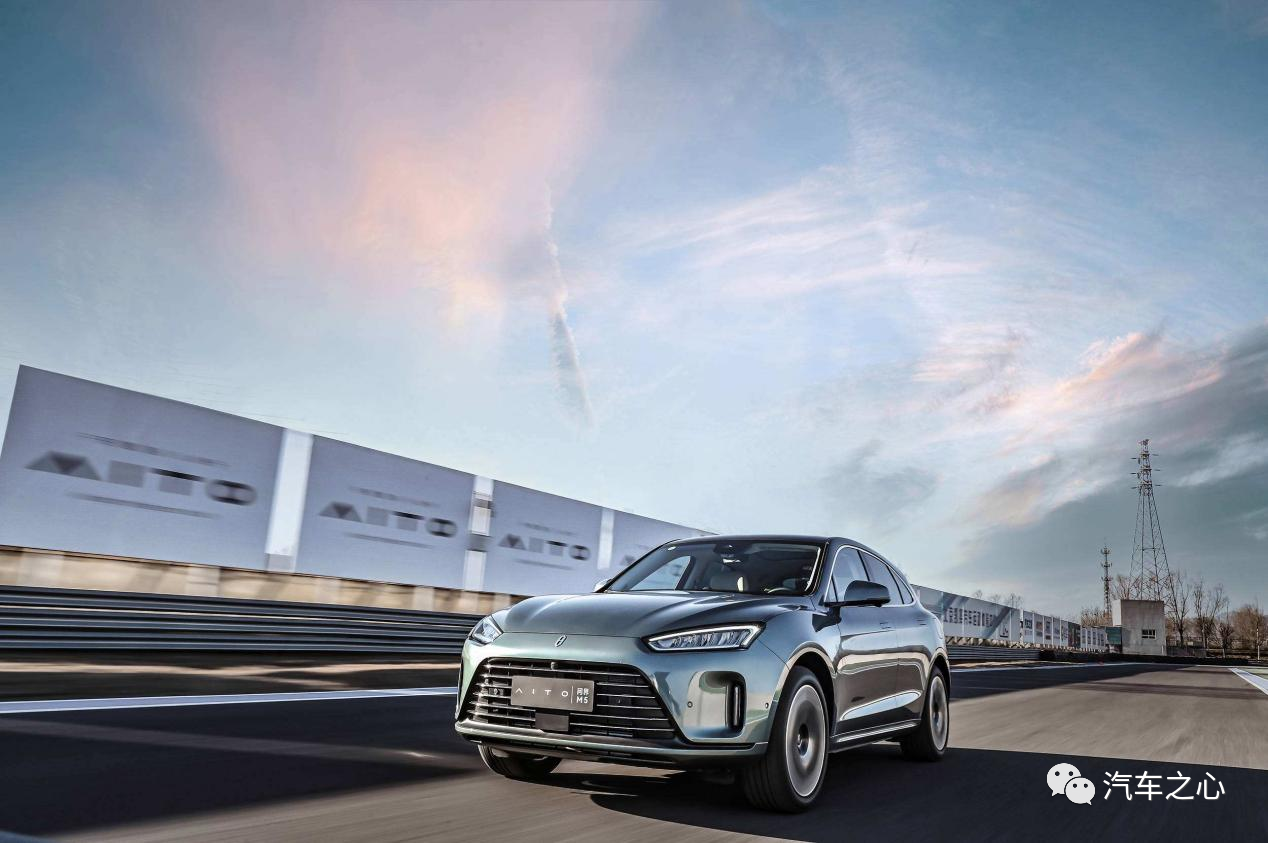
Against the backdrop of chip sanctions, Huawei’s consumer electronics business has been hit hard, and the emerging new auto retail business has become the key to improving Huawei’s terminal business performance.
Financial reports show that in the first half of this year, Huawei’s operator business revenue was CNY 142.7 billion, an increase of 4.2% YoY, accounting for about 47.6% of the total revenue; enterprise business revenue was CNY 54.7 billion, an increase of 5% YoY, accounting for about 27.5%; and terminal business revenue was CNY 101.3 billion, down 25% YoY, accounting for about 33.6%, leading to a 5.8% decline in Huawei’s overall sales revenue.
And this is already the result of the improvement of the terminal business.The annual report data shows that in 2021, Huawei’s consumer business (terminal business) achieved a revenue of 243.431 billion yuan, which saw a year-on-year decline for the first time with a staggering drop of up to 49.6%, which is regarded as a serious blow.
However, in the first half of this year, the revenue of the terminal business was 101.3 billion yuan, although it dropped by 25% year-on-year, the decline has significantly narrowed. This indicates that the decline in mobile phone business has been supplemented to some extent by the automobile business.
According to sales data, the sales volume of the WEY brand in September was 10,142 units, breaking the sales volume of ten thousand units for two consecutive months and becoming a dark horse among many new car brands. With the arrival of the WEY M7, WEY M5 EV, and the gradual increase in production capacity, WEY is drawing an upward development curve.
Within a short time, WEY will be able to surpass other new car brands.
At the same time, Huawei’s more than 5,000 high-end experience stores can also provide good profit sources, not only supporting the development of Huawei’s terminal business but also becoming Huawei’s most important business segment.
The pressure has come to the “Vehicle BU” side.
Compared with the “low-cost” mode provided by Huawei’s intelligent selection mode to the dealer network, the cost investment of the component and HI modes is higher, and the effect time is longer.
“Investment in Huawei’s intelligent automotive solutions BU this year exceeded US $500 million, and we do not consider the issue of profitability in the short term.”
“Although the investment is huge, we see this as an opportunity. If we seize this opportunity, the revenue created for the company in the future will be huge.”
Xu Zhijun said this at the Intelligent Automotive Solution Ecological Forum held in September this year.
It is worth mentioning that, according to Xu Zhijun, although Huawei “does something and doesn’t do something”, the team of 4,000 people behind it is trying to cover all corners of the intelligent network-connected car from vehicle control, battery management to intelligent cockpit, autonomous driving, high-precision maps, and V2X. Huawei is “interested in every field”, but broader coverage means Huawei needs to invest more funds, more manpower, and more time, and facing this fiercely competitive automobile market, few automakers can have such patience.
According to reports, the launch of the new HI version of the Alpha S by ARCFOXxing has been delayed, which is attributed to the lack of enthusiasm from Huawei’s Vehicle BU department.Perhaps because Huawei is too strong, competitors released such interference information to influence consumers, but Huawei’s BU department’s recent performance appears to be “cautious.”
Recently, JIMU announced on its official WeChat account that the new Alpha S HI version has first pushed the NCA intelligent driving navigation assistance function in the urban area of Shenzhen. It is rumored that the reason why it is limited to Shenzhen is that Shenzhen has opened a high-precision map whitelist for Huawei and XPeng. The combination of “vehicle intelligence” and high-precision map guidance can provide a basic guarantee for the vehicle’s auxiliary driving level.
Huawei is developing steadily by realizing short-term revenue through Huawei’s smart selection model and making technological breakthroughs through its BU department. However, technological breakthroughs are also necessary. This is the source of Huawei’s leading technological image and the driving force for the development of the Huawei smart selection, HI, and component modes together.
This burden has now fallen on the shoulders of the BU department. Rapid technological breakthroughs are essential for Huawei to accelerate its industry’s overtaking on the bend.
Huawei’s “breakout” can accelerate industry overtaking on the bend
The development of China’s automobile industry has been rapid, from scratch to optimization. Among the “intelligent electric” upgrading and transformation, independent brands have seen the hope of “overtaking on the bend” first, and the dream of several generations of car people is within reach.
Although independent brands have achieved some results on the road to intelligent electrification, the competitive landscape is not stable and there is a stalemate of “mutual curling up.”
From XPeng G9’s two-day listing with changes in configuration and price cuts, to IDEAL’s “one car, four meals,” and AVITA’s free 40,000 yuan worth of benefits, the trend of industry curling up is becoming more and more serious, while Tesla, which is far ahead, is full of news of price cuts, cutting off the last radar, and so on.
It is obvious that Tesla, which insists on the pure visual route, still has potential for further price cuts. By then, the self-owned brands involved in “internal fighting” will face even more embarrassing situations.
Huawei is the key to enhancing the overall competitiveness of numerous independent brands.
In terms of brand image, Huawei is undoubtedly the pride of the nation. In terms of technological innovation, Huawei, which attaches great importance to research and development, is also awe-inspiring in R&D investment.
Most importantly, a group of car brands such as SAIC, JIMU, AVITA, GAC, and Chery have already joined the “Huawei team.” Such synergy has a positive industry impact, and with Huawei’s technological breakthroughs, the “Huawei team” will become stronger, making it not difficult for independent brands using “group wolf tactics” to catch up with Tesla.This is all based on Huawei’s successful technical breakthrough.
With the current terminal business improving, more time can be devoted to the technical breakthroughs of the Car BU department. With the passage of time and massive R&D investment, Huawei will definitely provide a satisfactory answer for the automotive industry.
As Ren Zhengfei said: “Why has Huawei succeeded? Huawei is the most typical Forrest Gump. Forrest Gump is just one word: stupid! The spirit of Forrest Gump is to set a firm goal, focus on persistence, silently dedicate oneself and work hard! Huawei is Forrest Gump, identifying the direction, working stupidly, paying and investing stupidly towards the goal.” Such painstaking efforts will definitely yield corresponding rewards.
Huawei, you just keep working hard while leaving the rest to time.
This article is a translation by ChatGPT of a Chinese report from 42HOW. If you have any questions about it, please email bd@42how.com.
